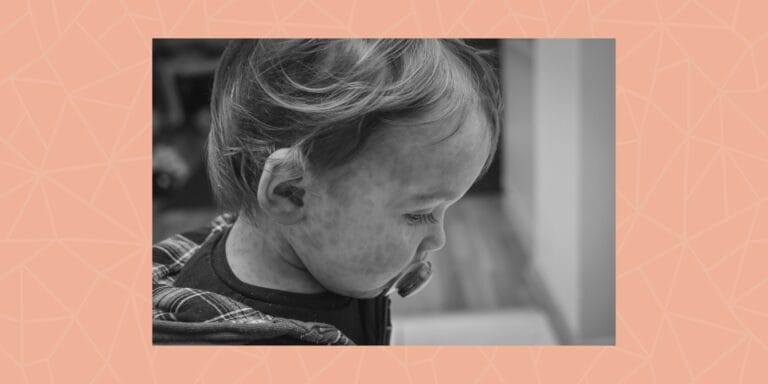It’s science: Children aren’t color-blind

Kids know the difference between colors applied to objects and the social meaning of colors when applied to race.
We’ve seen in some shape or form the confusion kids experience when their innocence and logic do not align with what they are seeing. And we continually hear the well-intentioned, “but we don’t see skin colors, we see the person.”
But science says otherwise. Research has shown that children are *not* color-blind.
In fact, kids wanted to know why they are labeled “yellow” when they see their skin color as “tan,” or why they were labeled “white” when their skin color is not the same as other objects that are white. They even asked why biracial kids with Black and white parents are not “gray.”
Kids have to learn to distinguish the meaning of the colors applied to objects and the social meaning of colors when applied to race.
Children begin to figure out racial identity around the age they start to learn colors. This is also when kids begin to notice other physical and socially significant attributes, like age and gender. Landmark research by Dr. Mary Ellen Goodman found that by 2.5 years to 5 years of age, children expressed explicit social preferences for people of their own race.
Another study of 100 children—3 to 5-year-olds—had extensive observations that led Dr. Goodman to discover that not only was racial awareness present but that 25% of the children in her sample were expressing strongly entrenched race-related values by the age of four.
“The high degree of race awareness we have seen in many of these children is startling, and not only because it does not fit our adult expectations,” Dr. Goodman stated. Additionally, she found that, “4-year-olds, particularly white ones, showed unmistakable signs of the onset of racial bigotry,” and that “[Black] children not yet five can sense that they are marked, and grow uneasy.”
Kids notice race and how it factors into society at a young age so it’s important to remember that home is their first classroom.
Before they even enter school, children are shaped by the knowledge, skills, attitudes and values of those who surround them. Dr. Ann Beuf, Assistant Professor of Sociology at the University of Pennsylvania, points out, “Parental training which contradicts [‘color- blind’ ideologies] can play a vital role in establishing positive racial attitudes in children.”
While it may be well-meaning to say, to be a color-blind society is to believe that racial or ethnic group membership is irrelevant to the way individuals are treated.
A colorblind ideology in schools has been found to inhibit teachers and students from having meaningful cross-race interaction. This does not promote a greater understanding of the role color and race in local communities and society at large.
Here’s what you can do at home to guide your kids development around race:
- Talk about your own racial/cultural identity with pride
- Talk about other racial groups with appreciation
- Address stereotypes so your kids will not misread your silence as your endorsement
- Add and talk about new concepts, themes and perspectives in what you do every day
- Help your kids imagine, examine and understand concepts and issues from another cultural perspective
- Fill their bookshelves with diverse children’s books, celebrating all races
Both parents and teachers have the opportunity and obligation to ensure that they provide the opportunity for kids to grow emotionally and intellectually so that they can meet adulthood with a broader understanding of the racial structure of inequality and how others can be treated.
Bottom line: Children *do* see color. In the assumption that they don’t lies the paradox: By perpetuating this in the home and classroom, the nature of its omission does not allow parents to address it in a proactive and productive manner to teach children equality.


































